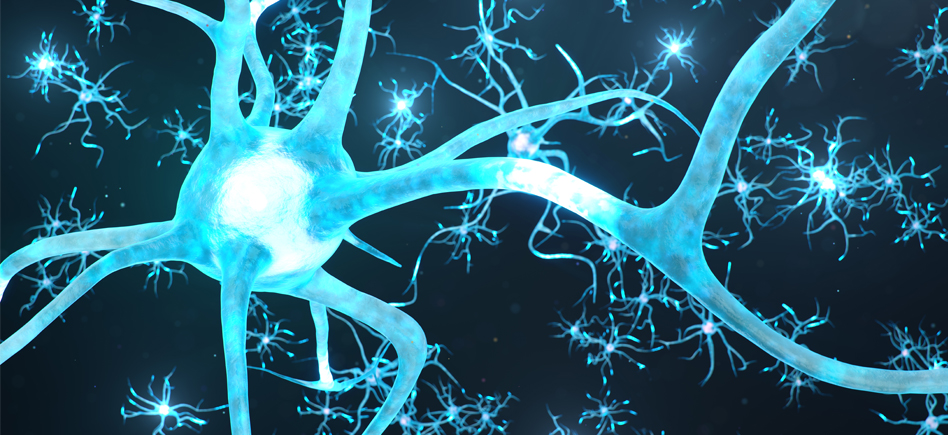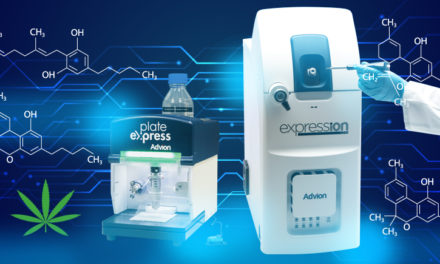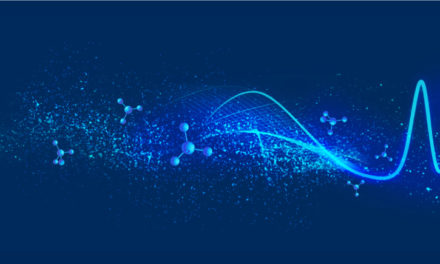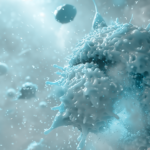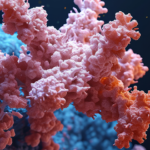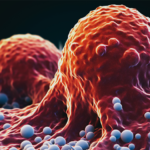Interchim® is pleased to share with you the recent publication of 2’3′-cGAMP ELISA kit manufactured by Cayman in the journal Cell (Oct. 2020):
Yu, C.-H., Davidson, S., Harapas, C.R., et al. TDP-43 triggers mitochondrial DNA release via mPTP to activate cGAS/STING in ALS. Cell 183, (2020). (CC BY 4.0)
Below a summary of the article. Here is The full review.
Hyperinflammatory responses, including NF-κB-related cytokine release and elevated type I interferon (IFN) signaling, are associated with neurodegeneration. A link has now been made between this inflammation and the cytoplasmic DNA sensor, cyclic guanosine monophosphate (GMP)-AMP synthase (cGAS), the cGAS signaling metabolite cGAMP, and its downstream signaling partner STING.
Investigators in the paper published in Cell have shown that cytosolically accumulating TDP-43, a nuclear DNA/RNA binding protein that serves as a disease hallmark for many cases of amyotrophic lateral sclerosis (ALS), can invade mitochondria in motor neurons and promote DNA release from the permeability transition pore.
| Once in the cytoplasm this DNA is sensed by cGAS/STING, which regulates NF-κB and type I IFN inflammatory responses. In mouse models of ALS, these inflammatory signals precede obvious symptoms, suggesting they play a role in disease pathogenesis. Inhibition of cGAS/STING signaling can prevent this inflammatory response in induced pluripotent stem cell-derived motor neurons and in TDP-43 transgenic mice. This work shows how targeting cGAS/STING activation has potential for treating inflammation that leads to neurodegeneration.
Interchim®, distributor of Cayman offer a dedicated tool set to study cGAS, STING, IFN, and NF-B activation, including the 2’3′-cGAMP ELISA Kit the authors of this paper used to quantify cGAMP in cell lysates, serum, and CNS tissues of mice bearing a TDP-43 mutation. |
Know more :
- Related products :
– STING
– NF-kB - Do not hesitate to consult us to benefit from our years of experience in immunoassays, immunoreagents and ELISA kits
- Consult an extract from our BioSciences catalog (in french only)

